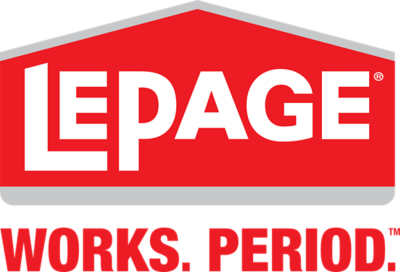What is a Liquid Glue?
Liquid Glue is a water-based adhesive and is often either a cyanoacrylate glue or a polyvinyl acetate (PVA) glue. The former creates incredibly strong bonds and is not as messy as other types of glue. PVAs, on the other hand, usually require longer curing time and clamping may be needed.
Liquid Glue is a staple for many arts and crafts projects, be it at home or at school. Its ubiquity can be attributed to its versatility, non-toxic formulation which makes it safe to be used by children, and allows for easy clean up. Many types of this glue are environmentally friendly as well.
Liquid Glues Worth Considering:
The LePage School Glue is perfect for kids. This glue cleans up easily with soap and water and dries translucent white for those clean and invisible glue lines when using it on paper, fabric, cork, veneer, wood, and cardboard. It is safe to use and has a non-flammable formulation, so you can give the little ones this school glue and let their creativity run wild.
The LePage Super Glue Liquid Pro is a heavy-duty cyanoacrylate super glue that quickly sets in 15 to 30 seconds and dries transparent, making it the ideal choice if you want a repair that is unnoticeable. It works well on various porous and non-porous surfaces including leather, rubber, wood, china, paper, ceramic, hard plastics, metal, and more.
Do you need to repair stuff around the house? The LePage Super Glue Ultra Liquid Control will do the job. It is suitable for repairing toys, rubber seals, jewellery, metal car parts, and figurines. It is fast-acting and dishwasher safe and highly resistant to temperature, moisture, and most chemicals.
When you need a precise and no-mess application, especially for repairing things, the LePage Super Glue Liquid Brush-On is the right product. It creates a strong bond on porous and non-porous surfaces like plastics, metals, wood, rubber, fabric, leather, and more.
The LePage Super Glue All Plastics is formulated to fuse hard-to-bond plastics. It easily bonds to plastics such as polyethylene (PE), polypropylene (PP), and polytetrafluoroethylene (PTFE). It is also resistant to moisture, extremely cold temperatures, and most chemicals.
And finally, if there is one liquid glue that can do just about anything, it is the LePage Liquid Multi-Purpose Super Glue. It dries clear and sets within 30 seconds. It can easily bond rubber, hard plastics, wood, cork, metal, fabric, leather, and more!
